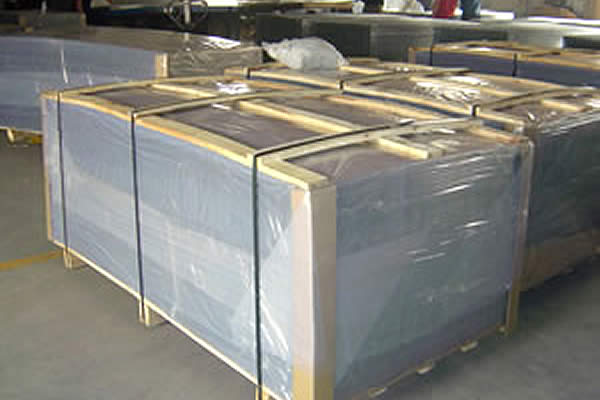 TEL:
+86-13102802206
TEL:
+86-13102802206
 Email:
fencenetting@china.com
Email:
fencenetting@china.com
 Language
Language
 TEL:
+86-13102802206
TEL:
+86-13102802206
 Email:
fencenetting@china.com
Email:
fencenetting@china.com
 Language
Language


Melting Copper and Aluminum Together A Cross-Metal Alloys Exploration
As the world of metallurgy continually evolves, the blending of different metals opens up fascinating avenues for innovation and application. Copper and aluminum, both widely used non-ferrous metals, are especially notable for their complementary properties. When melted together, these two metals can create unique alloys that offer enhanced characteristics for various industrial and engineering applications. This article explores the melting process, the resulting alloys, and their diverse applications.
The Melting Process
Melting copper and aluminum together is a complex process that requires precise control of temperature and environment. Copper melts at approximately 1,085°C (1,985°F), while aluminum has a melting point of about 660°C (1,220°F). To successfully melt these metals together, the process must be managed carefully to prevent uneven melting and oxidation.
One common method is to first melt the aluminum, as it requires a significantly lower temperature. Once the aluminum is in a molten state, small quantities of copper can be gradually introduced into the mix. This technique allows for better control of the alloying process, reducing the risk of premature oxidation and ensuring a uniform composition. Additionally, inert gas atmospheres, such as argon, are often employed to shield the molten metals from atmospheric contamination, which can impact the quality of the final alloy.
Characteristics of Copper-Aluminum Alloys
The resulting alloys from melting copper and aluminum together exhibit a blend of the strengths of both metals. Copper provides excellent electrical conductivity, formability, and corrosion resistance, while aluminum adds lightweight properties, increased strength, and better thermal conductivity.
The primary alloy formed from this combination is known as aluminum bronze, which contains significant amounts of both copper and aluminum. Aluminum bronze is recognized for its high strength and excellent resistance to corrosion and wear, making it suitable for applications in marine environments, such as shipbuilding and offshore equipment.
Another interesting alloy produced from the melting of copper and aluminum is known as Cu-Al intermetallics
. These alloys can exhibit remarkable hardness and wear resistance, alongside an intriguing array of color variations, which can be an aesthetic benefit in decorative applications.
Applications
The alloys formed by melting copper and aluminum together have a wide range of applications across various industries. The automotive sector, for instance, benefits from these alloys in the manufacturing of components that require a combination of lightweight materials and high strength. This is particularly crucial in the drive for fuel efficiency and performance.
In the aerospace industry, where weight reduction is of paramount importance, aluminum-copper alloys play a critical role. Their strength-to-weight ratio allows for the construction of parts that enhance the overall efficiency and performance of aircraft while ensuring structural integrity.
The electrical industry also sees substantial benefits from copper-aluminum alloys. While pure copper boasts superior electrical conductivity, aluminum's lightweight nature can result in significant cost savings and weight reductions in electrical wiring and components. Additionally, the excellent corrosion resistance of these alloys lends them well to outdoor applications and environments prone to oxidation.
Challenges and Considerations
Despite their advantages, the melting of copper and aluminum together comes with challenges. One significant issue is the propensity for intermetallic compound formation, which can lead to brittleness in the resulting alloy. Careful control of the composition and process parameters is crucial to minimize the formation of undesirable phases.
Furthermore, understanding the solidification behavior of these alloys is essential for manufacturers to anticipate potential issues such as segregation and porosity. Advanced techniques such as alloying with other elements, casting process optimization, and post-processing treatments can help alleviate these challenges.
Conclusion
The melting of copper and aluminum together opens up exciting possibilities in the realm of material science and engineering. By leveraging the unique properties of both metals, industries can create advanced materials that meet evolving performance demands across various applications. Continued research and experimentation will surely unlock even more potential for copper-aluminum alloys, paving the way for innovative solutions in our technologically driven world.